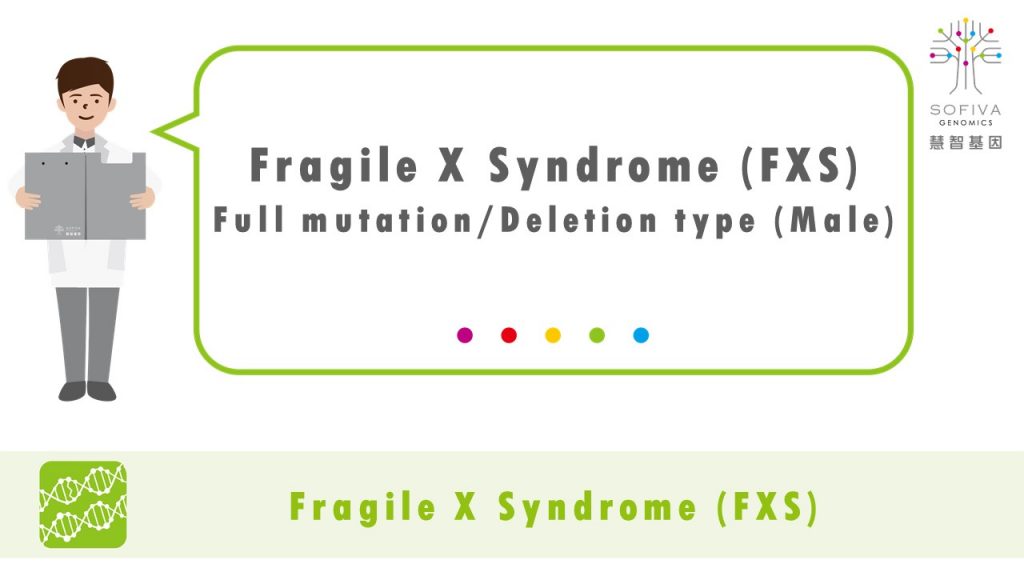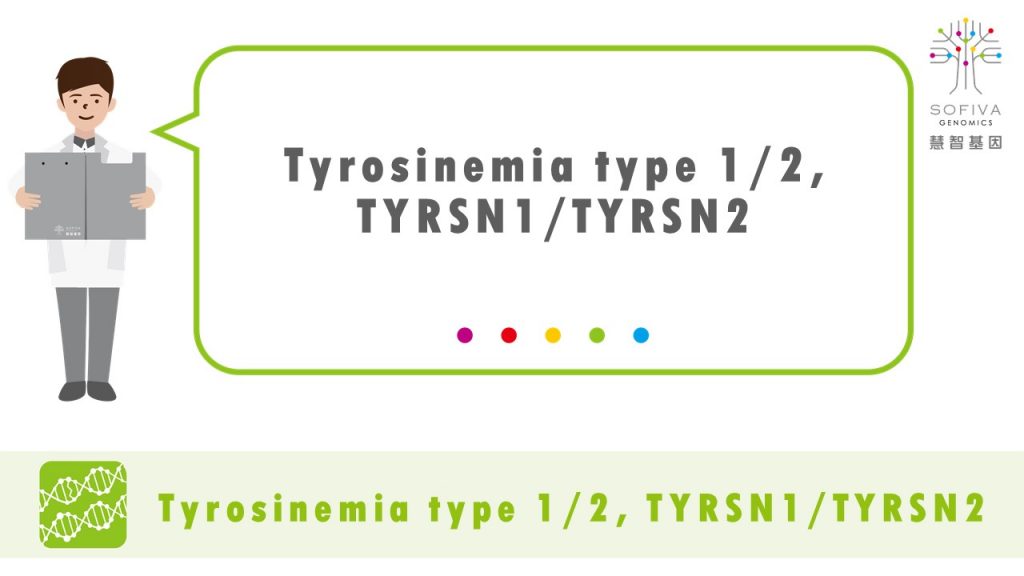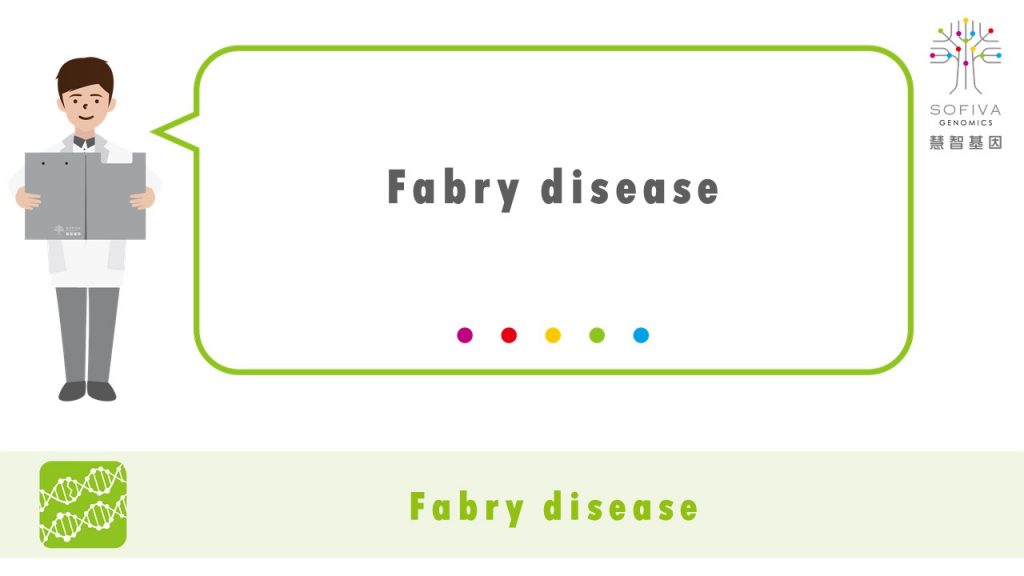Full mutation/Deletion type (Male)
Disorder description
Fragile X Syndrome is a common genetic disorder of intellectual disability and its prevalence is only second to Down syndrome. The disorder is caused by abnormal expansion of the CGG trinucleotide repeat sequence of FMR1 gene on the X chromosome. The abnormal expansion of CGG can induce methylation of FMR1 gene and lead to the impossibility of producing FMR1 protein (FMRP). According to the references, it is pointed out that deletion of the CGG repeat in the 5′-end untranslated region of the FMR1 gene, may be accompanied by or induce abnormal mutation of the FMR1 gene, such as FMR1 gene deletion or point mutation mechanism. The incidence of which accounts for about 1% of Fragile X Syndrome. FMRP can be involved in the expressions of other genes and is critical for the development of neurons. The absence of FMRP can affect the development of brain neurons, further influences how neurons connect to each other and result in diseases such as Fragile X Syndrome. When the CGG trinucleotide repeat of FMR1 gene abnormally expands to 55 to 200 repeats, it is determined as “premutation”; when the number of CGG trinucleotide repeats is more than 200 repeats, it is determined as “full mutation”.
Prevalence
The prevalence of Fragile X Syndrome is estimated about 1 in 3,600 males and between 1 in 4,000 to 6,000 females.
Inheritance
Fragile X Syndrome is inherited in an X-linked dominant pattern. Female who is a permutation carrier of Fragile X Syndrome has a 50% chance of passing the mutated gene to each child. The number of CGG repeats can even expand to full mutation. As for male carriers, the premutation alleles will be passed to only his daughters (100%), but not to his sons.
Clinical characteristics
Affected males may have characteristic in developmental delay and learning disability along with a variety of behavioral issues. Most affected males have mild to moderate intellectually disability. Autism spectrum disorder is present in 1/3 of individuals with FXS. Most males with FXS have some physical features include large ears, a long and narrow face, prominent forehead, enlarged testicles (macroorchidism) after puberty. Most males with FXS are infertile, but if there is a next generation, there is a 100% chance of passing the mutation to the daughter. The next generation of full mutation patients has a chance to become premutation due to gene self-repair.
Recommendations
Clinical medicine and genetic counseling by professionals is recommended.
References
- The American College of Medical Genetics and Genomics (ACMG) Guidelines.
Gene Med 2013;15:575-86. - The American College of Obstetricians and Gynecologists (ACOG) Guidelines.
Obstet Gynecol 2010;116:1108-10.





